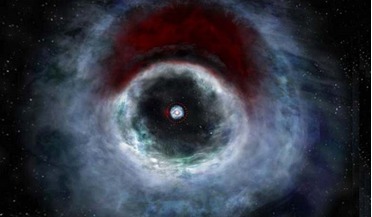 15 February 2016
Astronomers provide new insights into planet formation around binary stars
15 February 2016
Astronomers provide new insights into planet formation around binary stars
...provide fresh insights into how planets might evolve within a binary star system. Presenting their results at the recent AAAS meeting ... cloud may be the result of gravitational forces unique to binary stars and may also be the key to the formation of ...
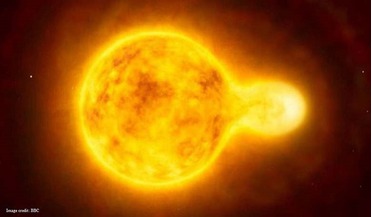 09 July 2015
Discovery of a five-star solar system in Ursa Major highlights mystery of proto-stellar disk fragmentation
09 July 2015
Discovery of a five-star solar system in Ursa Major highlights mystery of proto-stellar disk fragmentation
... system is as follows: There are two binary stars (a star binary is a system of two stars orbiting around a common centre of mass). One of the binaries also features a so-called contact binary, i.e. a kind of “lone companion.” According to Dr. Lohr...
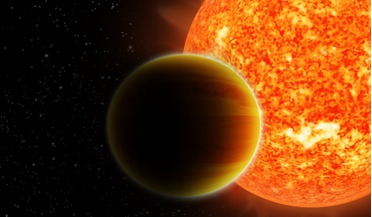 20 June 2016
Trio of hot Jupiters give clue to their formation
20 June 2016
Trio of hot Jupiters give clue to their formation
... non-zero eccentricity of the planet orbits, are qualitatively consistent with formation by a strong encounter with singular or binary stars, thus ruling out other theories such as an excess due to high metallicity or high stellar masses. This could...
 October 2015
Finding Earth-like worlds: the tale of how Kepler-452b was discovered
October 2015
Finding Earth-like worlds: the tale of how Kepler-452b was discovered
... and launch it in 2009. And even when we launched, there were skeptics predicting that we would find eclipsing binary stars but very few planets. What has surprised all of us is the huge incidence of compact multiple planet systems...
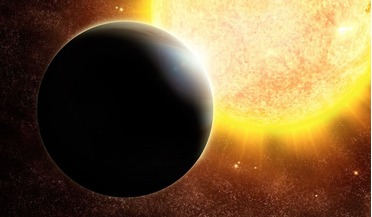 February 2016
How to Build Planets
February 2016
How to Build Planets
... to aid in its own accretion processes. Accordingly, this limits the amount of material left to build planets. Solitary stars or binary stars whose companions are much further away (> 100 AU) thus have a higher fraction of discs surrounding them. Not...
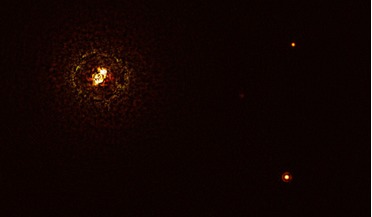 10 December 2021
Extreme exoplanet changes the picture about massive stars as planet hosts
10 December 2021
Extreme exoplanet changes the picture about massive stars as planet hosts
... found to date; a finding which challenges assumptions about which stars can host planets. Located approximately 325 light-years away in the constellation Centaurus, b Centauri is a young binary star system that has at least six times the mass...